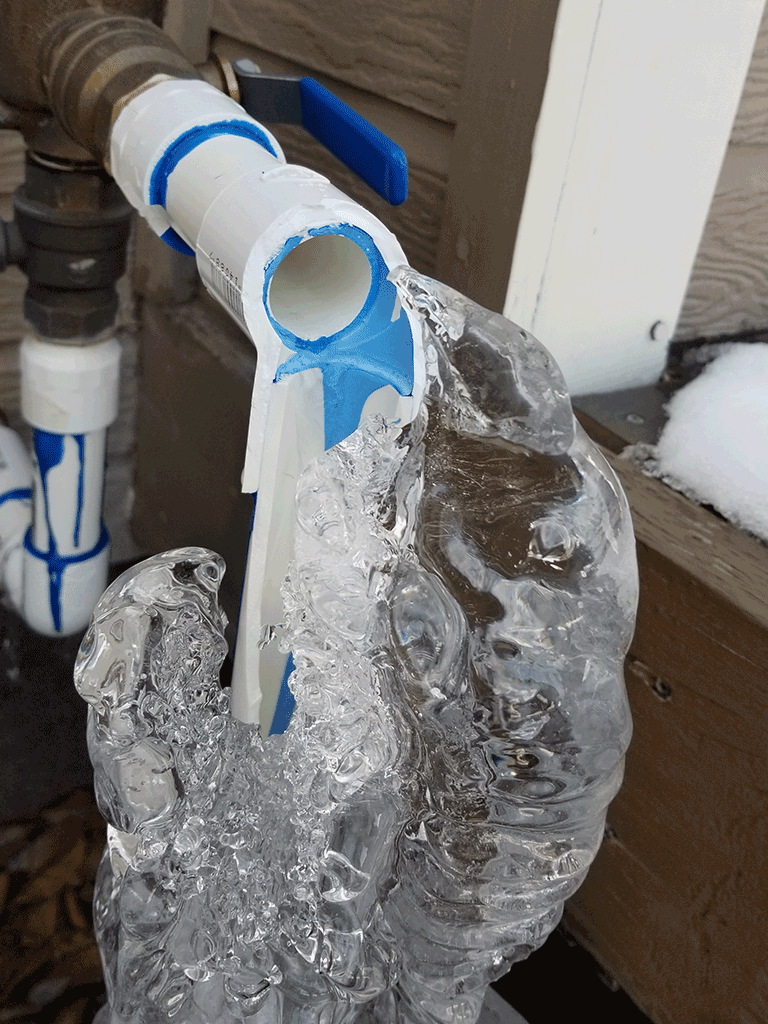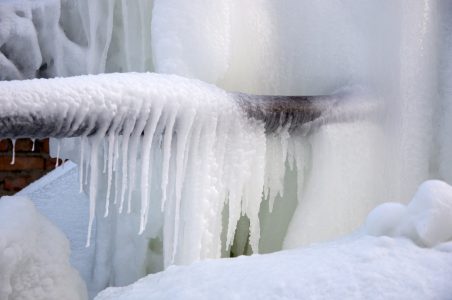Avoiding Frozen Pipes in Cold Weather: Critical Advice
Avoiding Frozen Pipes in Cold Weather: Critical Advice
Blog Article
Right here underneath you can discover additional dependable additional info all about Prevent Frozen Pipes .

Cold weather can ruin your plumbing, specifically by freezing pipelines. Below's just how to stop it from taking place and what to do if it does.
Intro
As temperature levels decline, the threat of icy pipelines boosts, potentially bring about costly repairs and water damages. Understanding how to stop frozen pipes is essential for property owners in cool environments.
Avoidance Tips
Protecting at risk pipes
Cover pipelines in insulation sleeves or make use of heat tape to safeguard them from freezing temperatures. Focus on pipes in unheated or exterior areas of the home.
Heating methods
Keep interior spaces effectively heated up, particularly areas with plumbing. Open cupboard doors to allow cozy air to circulate around pipelines under sinks.
Exactly how to determine frozen pipelines
Seek reduced water flow from faucets, uncommon odors or sounds from pipelines, and visible frost on exposed pipelines.
Long-Term Solutions
Architectural modifications
Consider rerouting pipelines away from exterior wall surfaces or unheated areas. Add added insulation to attic rooms, basements, and crawl spaces.
Upgrading insulation
Purchase premium insulation for pipelines, attics, and wall surfaces. Proper insulation aids keep constant temperature levels and minimizes the threat of frozen pipelines.
Protecting Outside Plumbing
Garden hoses and outdoor faucets
Disconnect and drain garden hose pipes before winter months. Install frost-proof faucets or cover outside faucets with shielded caps.
Recognizing Icy Pipelines
What creates pipelines to freeze?
Pipes ice up when subjected to temperature levels below 32 ° F (0 ° C) for expanded periods. As water inside the pipelines freezes, it broadens, taxing the pipeline walls and potentially causing them to rupture.
Dangers and damages
Icy pipes can cause supply of water interruptions, home damages, and costly repairs. Burst pipes can flood homes and cause comprehensive structural damage.
Indications of Frozen Water Lines
Recognizing icy pipes early can avoid them from breaking.
What to Do If Your Pipes Freeze
Immediate actions to take
If you presume frozen pipes, maintain taps available to alleviate stress as the ice melts. Use a hairdryer or towels taken in warm water to thaw pipes slowly.
Verdict
Preventing icy pipelines calls for aggressive procedures and quick responses. By comprehending the causes, indicators, and preventive measures, property owners can safeguard their pipes during cold weather.
5 Ways to Prevent Frozen Pipes
Drain Outdoor Faucets and Disconnect Hoses
First, close the shut-off valve that controls the flow of water in the pipe to your outdoor faucet. Then, head outside to disconnect and drain your hose and open the outdoor faucet to allow the water to completely drain out of the line. Turn off the faucet when done. Finally, head back to the shut-off valve and drain the remaining water inside the pipe into a bucket or container. Additionally, if you have a home irrigation system, you should consider hiring an expert to clear the system of water each year.
Insulate Pipes
One of the best and most cost-effective methods for preventing frozen water pipes is to wrap your pipes with insulation. This is especially important for areas in your home that aren’t exposed to heat, such as an attic. We suggest using foam sleeves, which can typically be found at your local hardware store.
Keep Heat Running at 65
Your pipes are located inside your walls, and the temperature there is much colder than the rest of the house. To prevent your pipes from freezing, The Insurance Information Institute suggests that you keep your home heated to at least 65 degrees, even when traveling. You may want to invest in smart devices that can keep an eye on the temperature in your home while you’re away.
Leave Water Dripping
Moving water — even a small trickle — can prevent ice from forming inside your pipes. When freezing temps are imminent, start a drip of water from all faucets that serve exposed pipes. Leaving a few faucets running will also help relieve pressure inside the pipes and help prevent a rupture if the water inside freezes.
Open Cupboard Doors
Warm your kitchen and bathroom pipes by opening cupboards and vanities. You should also leave your interior doors ajar to help warm air circulate evenly throughout your home.

As a devoted person who reads about How to prepare your home plumbing for winter weather, I figured sharing that blog post was a great idea. So long as you enjoyed our post kindly be sure to share it. We enjoy reading our article about 6 Ways to Prevent Frozen Pipes.
Get Quote Now Report this page